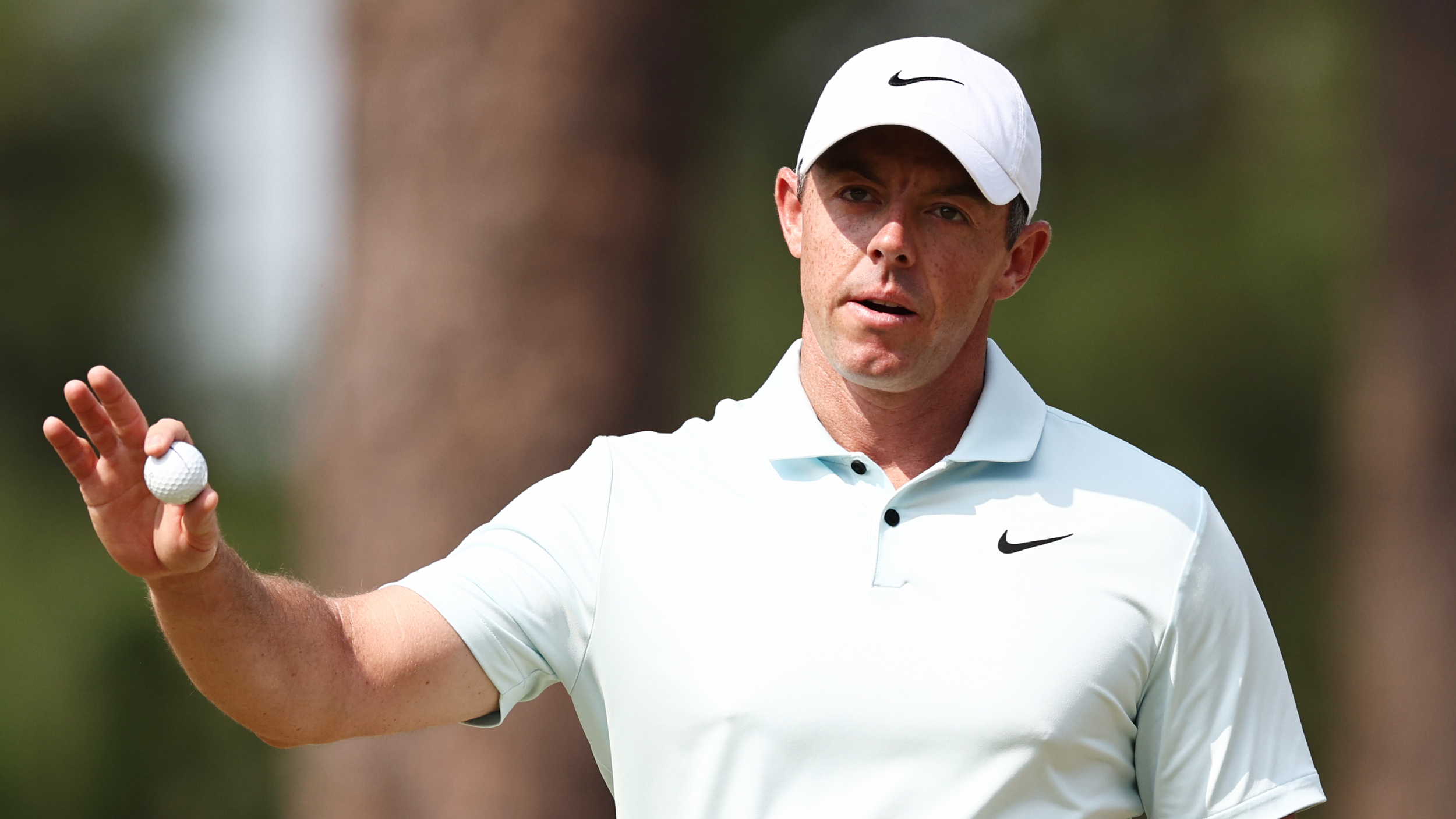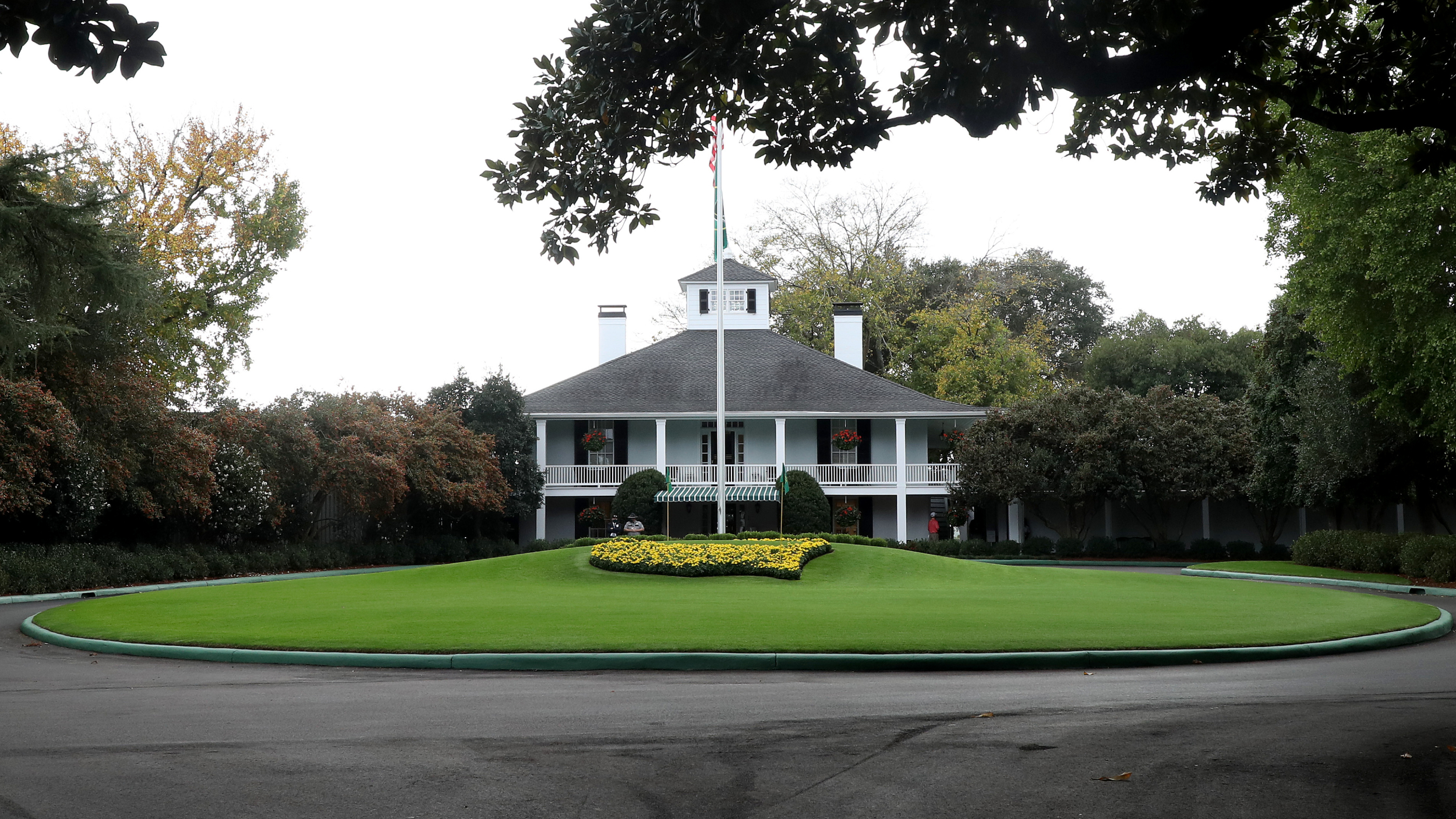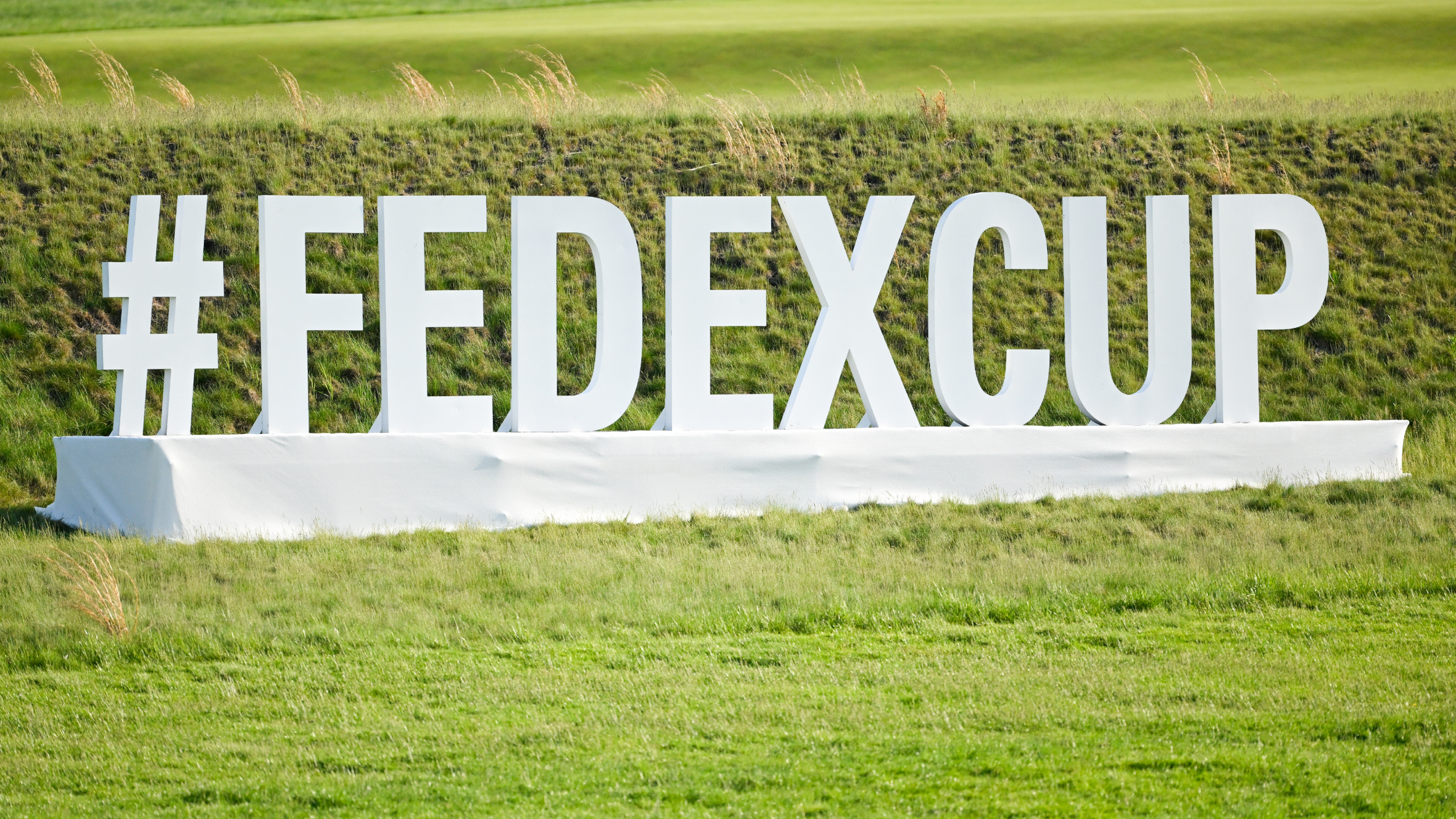What You Get For Finishing 2nd At The US Open
The player finishing runner-up at the US Open will inevitably be disappointed, but he will still have the consolation of some big perks


Like the other three Majors, the US Open is not stingy when it comes to offering potentially life-changing perks for the winner.
For example, at the 2025 edition the winner will receive prize money of $4.3m as well as a guaranteed place for the next 10 years, along with a string of additional bonuses.
It’s not all bad news for the player who finishes second, though, with the star who narrowly misses out on the title still able to look back on a job well done with some brilliant perks to prove it.
Here is what the player finishing runner-up at Oakmont will receive.
Prize Money

Rory McIlroy won $2.322m for his runner-up at the 2024 US Open, and that will also be handed to the player finishing second at Oakmont
While the champion will collect one of the biggest prizes ever awarded in golf, $4.3m, the runner-up will hardly be contemplating a financial struggle as he heads away from Oakmont. That’s thanks to prize money of $2.322m, more than the winner makes at many PGA Tour events.
Silver Medal

Players finishing second get a silver medal, as Tommy Fleetwood did for his 2018 runner-up
The winner receives the Jack Nicklaus medal, while the low amateur is handed a gold medal, too, but there's also some impressive hardware for the runner-up in the form of a silver medal - a worthwhile memento for coming so close in a tournament that had over 10,000 entrants.
Major Exemptions

The runner-up guarantees a place at the 2026 Masters
Unlike the winner, the runner-up won’t have the luxury of knowing they have a place in the US Open for the next 10 years, but there are still some significant Major-related perks heading his way.
Subscribe to the Golf Monthly newsletter to stay up to date with all the latest tour news, equipment news, reviews, head-to-heads and buyer’s guides from our team of experienced experts.
Crucially, the player finishing second doesn’t need to worry about how to make it to next year's event, with a place in the US Open at Shinnecock Hills assured for the top 10 and ties. It doesn’t end there, though. The runner-up also makes it to the following year’s Masters at Augusta National, along with everyone who finishes in the top four and ties.
World Ranking Points
When it comes to collecting world ranking points, it doesn’t get any better than the four Majors, with 100 available for the winner in each of the big events. That’s 20 more than the PGA Tour’s flagship event, The Players Championship, and around 35 more than a typical PGA Tour signature event.
However, the runner-up will either significantly improve his world ranking or solidify it thanks to the 60 points awarded at the US Open. That’s potentially a big deal because world ranking is one of the best ways to qualify for future Majors, while it also influences other factors, including qualification for signature events.
Season-Long Tour Points

Valuable season-long tour points are available for the player finishing second
PGA Tour players earn points in season-long FedEx Cup standings for the chance to reach the Playoffs. One of the best ways to climb the standings is to win a Major, which awards 750 points, although finishing second gives a welcome boost too, with 400 points awarded. That's just 100 fewer than the winners of regular PGA Tour events.
For players on the DP World Tour, finishing runner-up at Oakmont awards 1,113 Race to Dubai ranking points, more than double the haul handed to the winner of the DP World Tour’s regular Global Swing events.
Ryder Cup Ranking Points

US and European players can earn a lot of Ryder Cup ranking points for finishing second
While the chance to make it to September’s Ryder Cup is only a concern to US and European players, if the runner-up comes from one of those regions, he’ll go a long way to securing a place on the team.
For US players, 1.5 ranking points are awarded per $1,000 earned in a Major (rather than the more typical 1 point per $1,000 earned via other tournaments), meaning the runner-up will claim 3,498 points. Ahead of the US Open, Russell Henley held the sixth automatic qualifying spot, on 8677.8 points.
There’s a different system for Europeans, but finishing runner-up in the US Open is valuable too, with 555 of the 5,000 ranking points available at the tournament going to the runner-up. Before the Oakmont Major, Tommy Fleetwood was in the sixth automatic qualifying spot, on 976.43 points.

Mike has over 25 years of experience in journalism, including writing on a range of sports throughout that time, such as golf, football and cricket. Now a freelance staff writer for Golf Monthly, he is dedicated to covering the game's most newsworthy stories.
He has written hundreds of articles on the game, from features offering insights into how members of the public can play some of the world's most revered courses, to breaking news stories affecting everything from the PGA Tour and LIV Golf to developmental Tours and the amateur game.
Mike grew up in East Yorkshire and began his career in journalism in 1997. He then moved to London in 2003 as his career flourished, and nowadays resides in New Brunswick, Canada, where he and his wife raise their young family less than a mile from his local course.
Kevin Cook’s acclaimed 2007 biography, Tommy’s Honour, about golf’s founding father and son, remains one of his all-time favourite sports books.
You must confirm your public display name before commenting
Please logout and then login again, you will then be prompted to enter your display name.